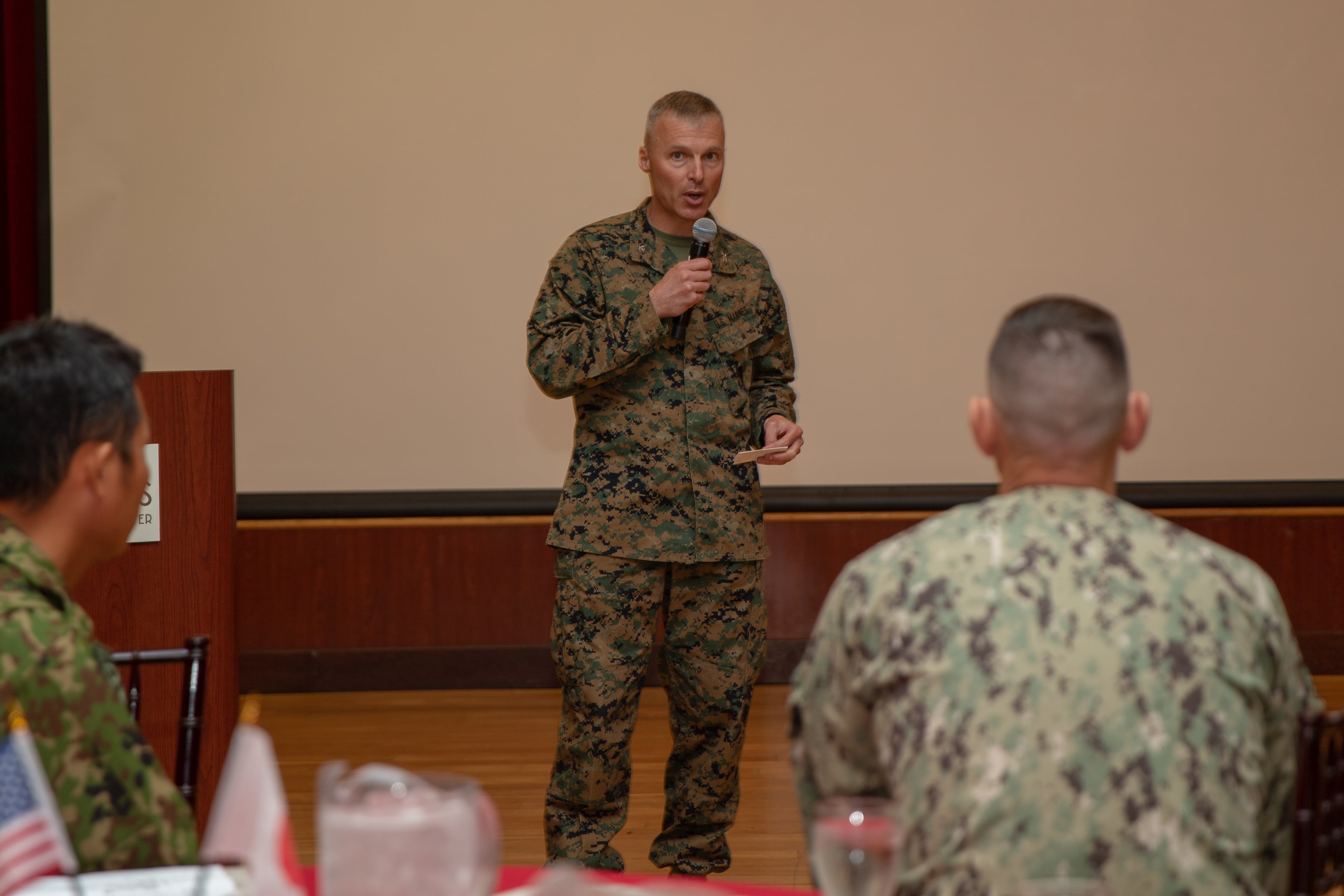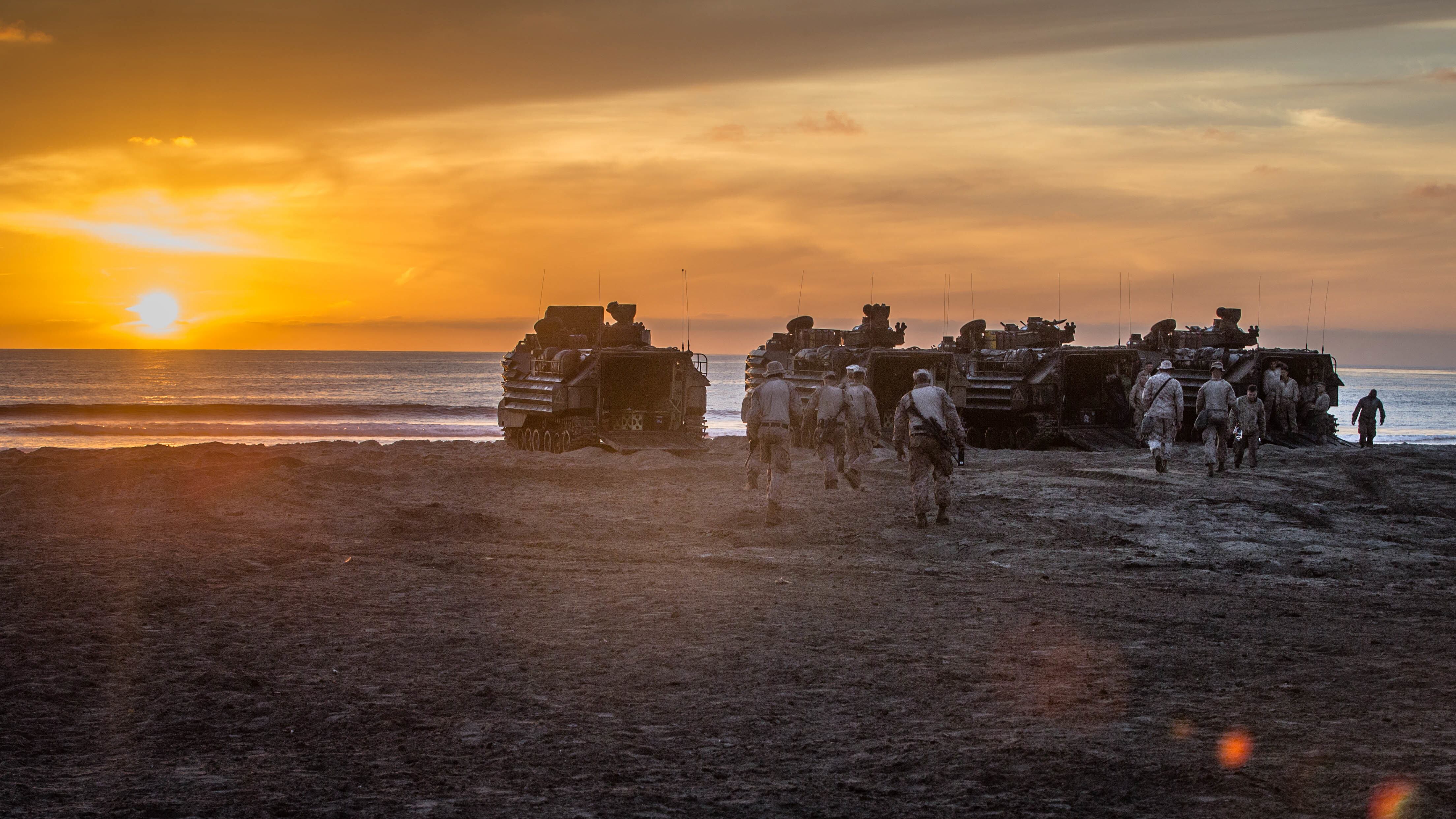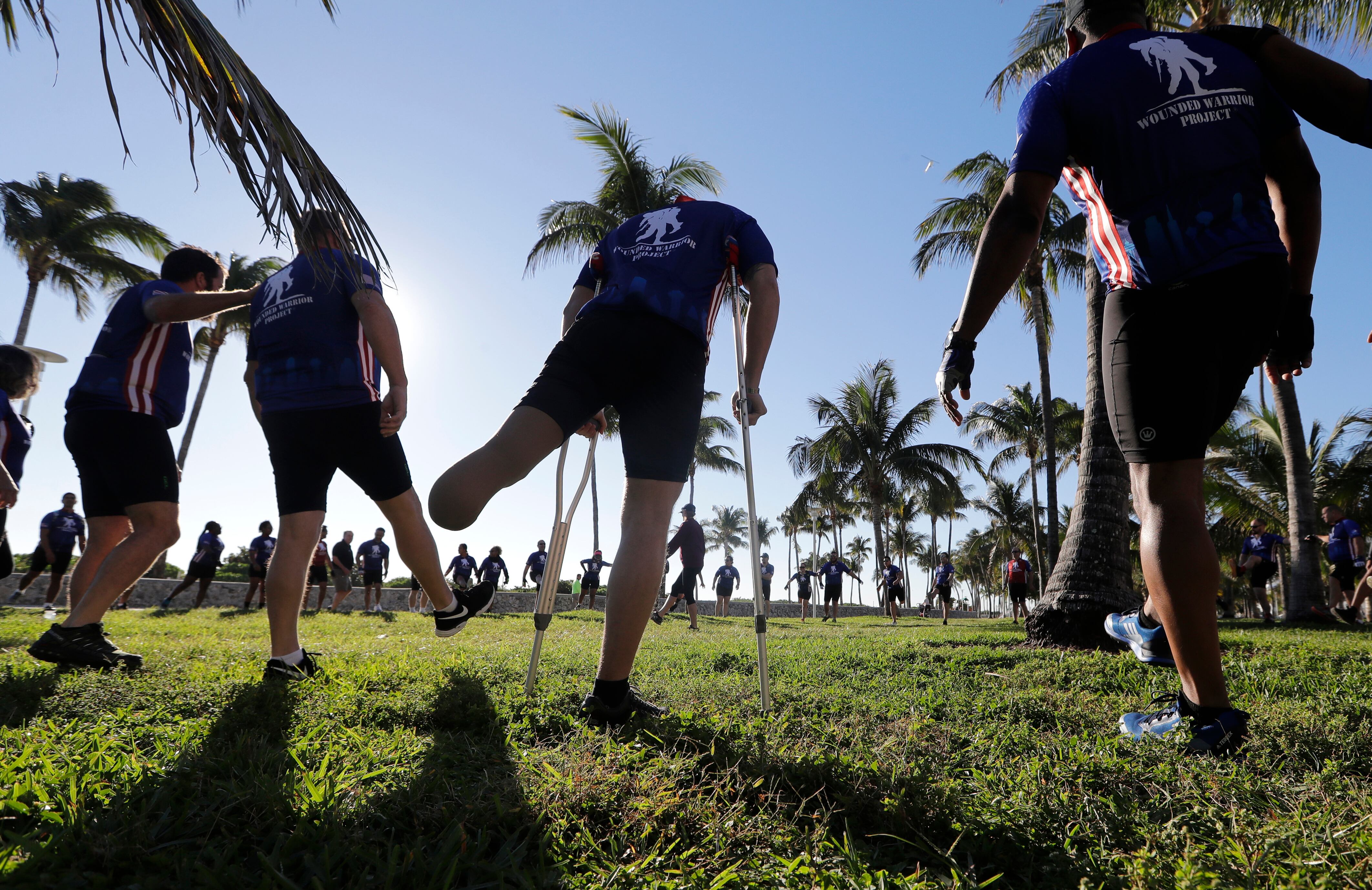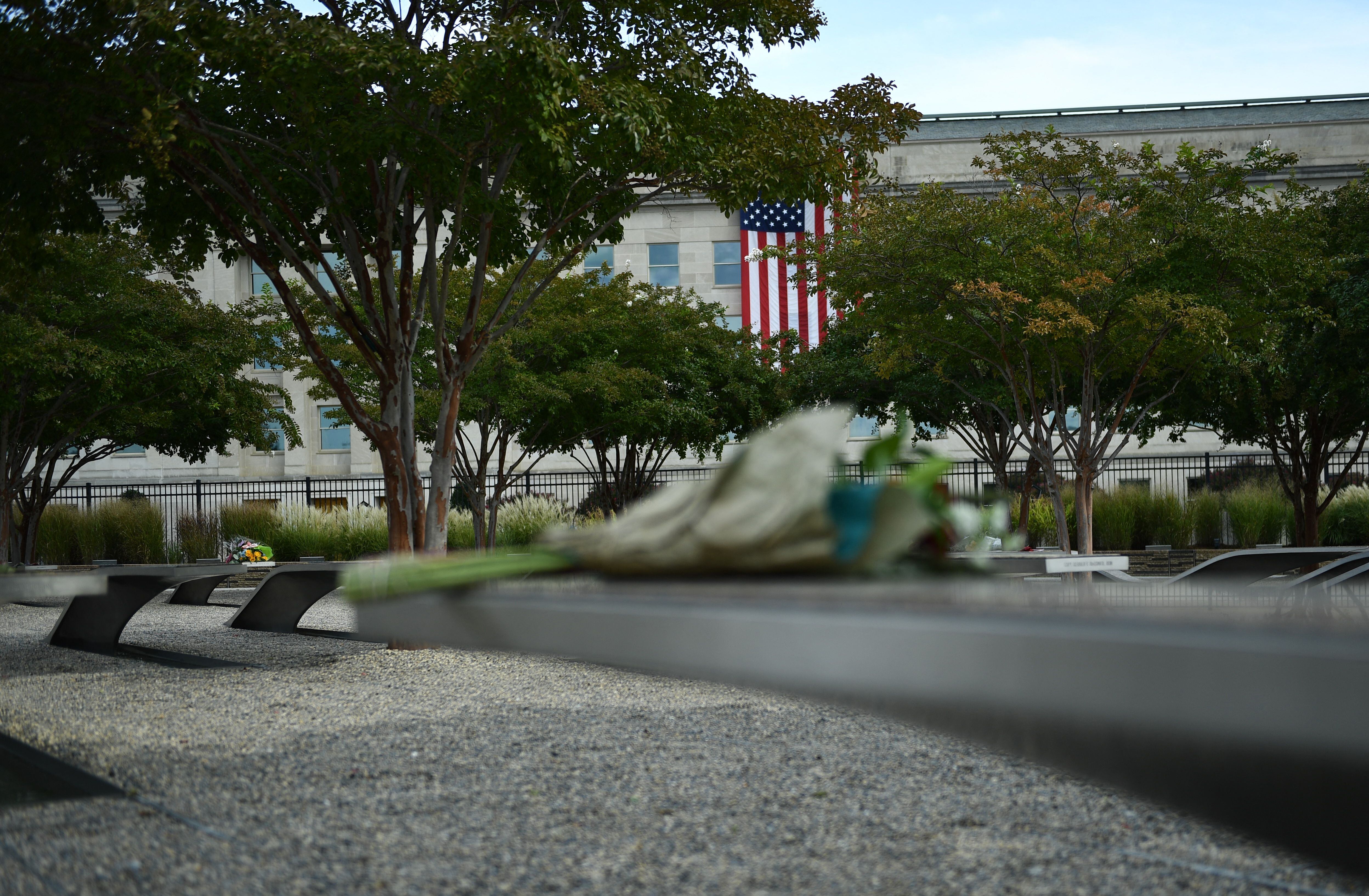The Marine amphibious assault vehicle that sank off the coast of San Clemente Island, California, in July 2020, resulting in the deadliest AAV accident in Marine Corps history, should never have left the ramp, two slides from the investigation into the accident revealed.
The slides, acquired by Marine Corps Times, show several cascading failures that led to the tragic and unnecessary deaths of eight Marines and one sailor.
“Crew deviations from required actions per the Common SOP (standard operating procedures) … the general lack of experience and effective instructional periods doomed this crew and its passengers to a preventable tragedy,” one of the slides read.
One of the many failures was with the AAV itself.
RELATED

The vehicle had “two specific areas of watertight integrity that would have met Not-Mission Capable Deadline criteria,” according to the slides.
In other words, the AAV was broken in a way that should have prevented any training on it until the problem was fixed.
While returning to the amphibious transport dock Somerset that fateful day, the AAV started to slowly take on water, a Thursday Marine Corps press release about the investigation said.
“The transmission failed, bilge pumps were unable to expel water rapidly enough due to the transmission failure, and the AAV began to sink.”
Beyond the two potential leaks, the slides into the investigation showed the emergency egress lighting system was stuck in the disabled position, locking the Marines and sailor in darkness while the vehicle rapidly sank off the California coast.
As the vehicle was going down, one of the AAV crewman told the infantry Marines in the back to open the rear hatch so they could escape, a slide into the report said.
When the cargo hatch would not open the crewman attempted to open the hatch himself before discovering that the “handle had spun past the open position due to a broken woodruff key.”
The slides also said the vehicle had lost audio communication with the rest of the unit as it started to sink, causing the Marines to resort to using flags to signal that they were sinking.
Here are the names of the Marine and sailor who died in the incident: Pfc. Bryan J. Baltierra, 18, of Corona, California, a rifleman. Lance Cpl. Marco A. Barranco, 21, of Montebello, California, a rifleman. Pfc. Evan A. Bath, 19, of Oak Creek, Wisconsin, a rifleman. U.S. Navy Hospitalman Christopher Gnem, 22, of Stockton, California, a hospital corpsman. Pfc. Jack Ryan Ostrovsky, 20, of Bend, Oregon, a rifleman. Cpl. Wesley A. Rodd, 22, of Harris, Texas, a rifleman. Lance Cpl. Chase D. Sweetwood, 18, of Portland, Oregon, a rifleman. Cpl. Cesar A. Villanueva, 21, of Riverside, California, a rifleman. Lance Cpl. Guillermo S. Perez, 19, of New Braunfels, Texas, a rifleman.
Standard operating procedure requirements ignored
The AAV was not the only vehicle having problems that day, according to the slides.
The slides said the U.S. Navy safety boat was not operational during the training incident and two other AAVs were used in its place.
After approximately 45 minutes the two rescue AAVs were able to reach the sinking vehicle, the press release said.
During the rescue attempt, one of the rescue vehicles collided with the sinking AAV, causing the sinking vehicle to turn broadside into the choppy waters, the release said.
Soon a large wave hit the vehicle, flooding in through the open hatch and caused the vehicle to rapidly sink, the press release added.
The slides said that the Marines and sailor killed in the incident were provided with practically no training on what to do when an emergency happens inside an AAV.
The Marines had not been provided an opportunity to use a submerged vehicle egress trainer, or SVET, which simulates what it is like inside a sinking AAV in a safe environment.
The training was one of the standard operating procedure requirements ignored in the lead up to the accident.
Instead, the Marines used a shallow water egress training, or SWET, chair. In the SWET chair a Marine straps themselves in and is surrounded by bars. The Marine is flipped into the water and works on getting out of their harness in a shallow pool.
The Marines had never been trained on how to inflate their life preservers.
“If a track goes down, don’t worry about it because you’re not getting out,” one instructor told a Marine who went through the same training, the slides into the investigation found.
Marine Corps Times has reached out to the Marine Corps multiple times for comment on the investigation. Marine Corps public affairs officers said they will respond once the full report is released to the public this week.
The families of all the Marines who died in the incident have been briefed on the investigation, the Marine Corps confirmed.
The Corps confirmed on Tuesday that Col. Christopher J. Bronzi, commander of the 15th Marine Expeditionary Unit, had been fired.
Bronzi was relieved by Lt. Gen. Steven Rudder, commanding officer of U.S. Marine Corps Forces, Pacific, for “a loss of trust and confidence in his ability to command, following completion of the command investigation into the assault amphibious vehicle mishap which occurred off the coast of San Clemente Island, California on July 30, 2020,” a Marine Corps press release said.
In October 2020 the Marine Corps fired Lt. Col. Michael Regner, the commander of Battalion Landing Team 1/4 with the 15th MEU, as a result of the accident.
This is a breaking story and will be updated as the full report is released and Marine Corps Times confirms more.










